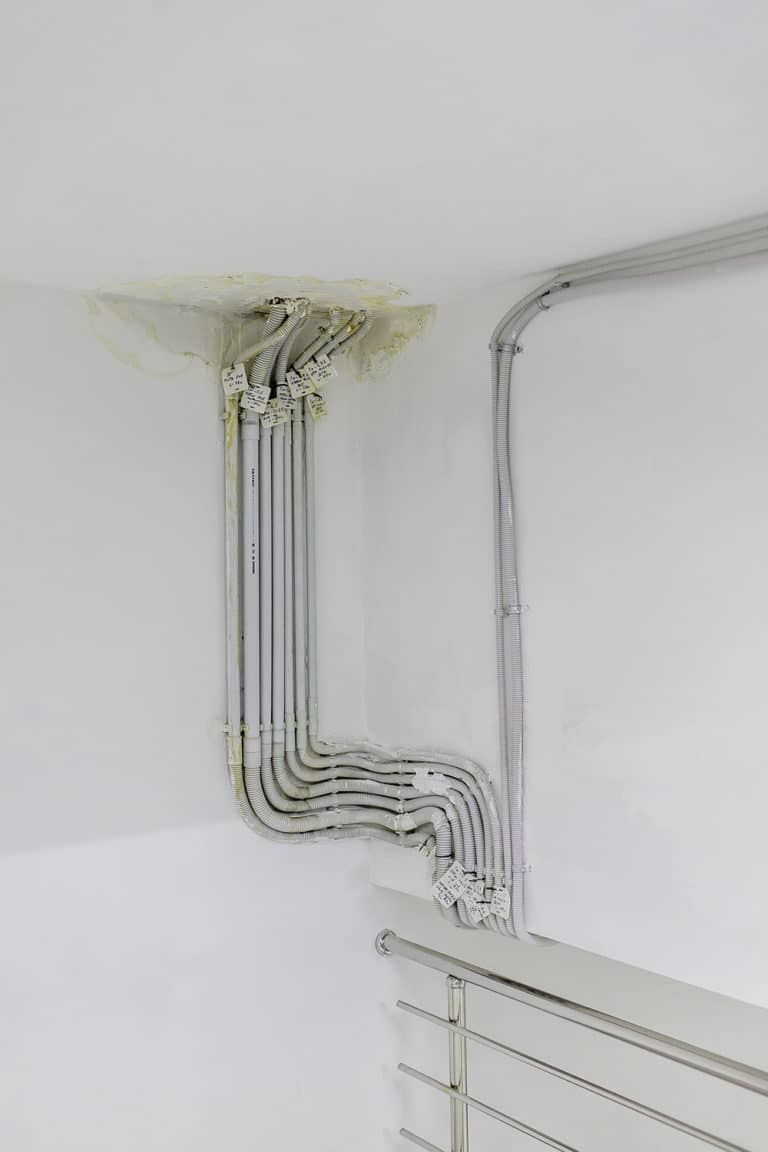The world’s first 3D-printed community is on its way

With today’s housing costs becoming higher and higher every day in close to any major city that you can think of, the idea of a low-cost 3D-printed village sounds almost too good to be true–according to a report by the Resolution Foundation, one in three of Britain’s millennials will never own their own home. Could low-cost 3D-printed houses be the solution to enjoying the privilege of ownership?
New Story, a non-profit organisation that builds homes for families in need, has partnered with the start-up Icon to create the world’s first 3D-printed community. The project will start this year and will utilise Icon’s newly unveiled 3D printer, the Vulcan II. According to New Story, this machine will print homes that are affordable, resilient and sustainable.
In March 2018, the printer had already created its first low-cost house in Austin, Texas, in less than 24 hours by piping layers and layers of concrete, with only a roof and windows needing to be added at the end. According to Icon, this printed home cost less than $4,000 to print.
New Story’s soon to be built community project will be located in Latin America, and would serve families without access to adequate housing. When finished later this year, it is promising to house more than 400 persons.
Alexandria Lafci, co-founder and head of operations of New Story, told Fast Company that the home recipients are hardworking families, “They work incredibly long hours in pretty dangerous, semi-toxic conditions, and part of their very little compensation is the shelters that they are given”. For these families, housing usually comes with their job, which means that they are often bound to the work accommodation they receive.
New Story hopes that this community of houses will bring local inhabitants the chance to find new work as well—devoid of the reliance on factory housing. The average family in the community is made of four individuals who are living on less than $200 per month, a combined salary far too low to ever be able to afford this kind of house in other circumstances.

While all of this sounds very promising, criticism of the project following its announcement showed people’s concern with the quality of the 3D houses. How could they be that cheap and still offer more than just a shabby roof over people’s head? Although the project seems to put a lot of attention into the homes’ aesthetic, can their longevity be assured with the impact that Global Warming is having on our planet now, and in the forthcoming years?
New Story partnered with the design firm Fuseproject to offer what it believes to be quality architecture. Alexandria Lafci explained that, “Even when populations are seemingly vulnerable, or seemingly will accept whatever is given, that’s not an excuse to not really push to have the highest quality of whoever you’re working with.” This raises another concern, one about craftsmanship. If 3D houses are the next big advance in architecture, surely this means that any profession that involves craft expertise will be changed, if not be replaced by machines. Jason Ballard, the CEO and co-founder of Icon explained to Wired, “You could print a house in the shape of a Fibonacci spiral if you wanted to. It’s just as simple as printing a square.” It’s fair to say that building this kind of house would cost far more than $4,000 and would employ a crew of builders for more than 24 hours.
Much like New Story, other similar projects are on the rise too; in Austin again, Icon is partnering with the real estate investment company Cielo to build housing for the homeless. While in France, a family has become the first in the world to move into a 3D-printed house. But the small village in Latin America will be the first project of its kind truly working towards creating a community around those homes.
Even though Vulcan II will only be breaking grounds in Latin America and the U.S. this year, Icon is actively accepting requests for 2020—meaning you will soon be able to create your dream house and have it built in 24-hours.
While this idea of a 3D-printed village sounds promising, questions should arise from this new way of creating communities. Innovation, technology, and social changes are factors that constantly transform creative industries. Does this mean that we will be able to accomplish more with the help of 3D printers, or are we slowly but surely killing any craftsmanship that we have left? Surely this can be considered good news for people that don’t have access to appropriate housing, and designing with greater social and environmental impact is necessary. Let’s just hope these 3D-printed homes last the test of time—and extreme weather conditions.





